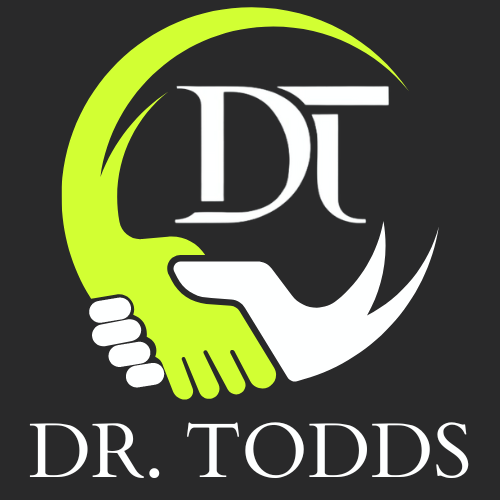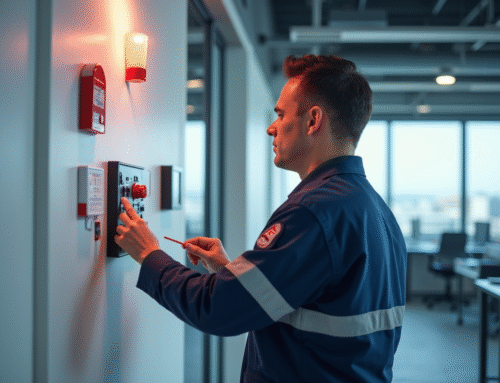
Every maintenance team wants to be faster, more efficient, and less stressed. But even with the best tools in place, something still goes wrong. Tasks get missed. Reports don’t get filled out. People stick to old habits. The reason? Most of the time, it’s not the software—it’s the training.
Using a CMMS (Computerized Maintenance Management System) is supposed to make everything easier. And it can. But only if the team knows how to use it properly. That’s why CMMS training isn’t just a nice-to-have. It should be the very first thing any team focuses on before expecting better results.
A Tool Is Only Useful If People Know How to Use It
Buying a CMMS is a smart move. It can help track repairs, schedule maintenance, manage inventory, and more. But here’s the thing: none of that matters if the people using it are confused or unsure.
A lot of teams jump straight into using the software without giving everyone enough time to learn it. This leads to frustration and mistakes. Features get ignored. Workarounds take over. And suddenly, the tool meant to solve problems becomes another headache.
That’s why proper training has to happen early. When everyone understands the system, tasks get done right the first time. Repairs are logged correctly. Preventive maintenance gets scheduled instead of forgotten. And the entire team starts working as one.
The Hidden Costs of Skipping Training
Skipping training might seem like it saves time, but it ends up costing way more. Without training, teams often don’t know how to use certain features. That leads to double work, lost data, or delayed repairs.
Some workers might write things down on paper instead of logging them digitally. Others might forget to update inventory after using a part. Over time, these small mistakes build up and cause bigger problems.
And when something serious breaks, no one’s quite sure what went wrong—or how to track it. By then, it’s too late. That’s when teams realize that not investing in training was the real problem all along.
To avoid those problems, it’s smart to use maintenance inventory management software that also comes with proper classroom training or learning tools. This gives teams the hands-on experience they need to learn every part of the system before problems start piling up.
Learning Together Makes a Difference
Training isn’t just about clicking through a few screens. It works best when teams learn together. Group training sessions or classroom setups can help everyone get on the same page fast.
When the whole team is trained the same way, there’s less confusion. People start using the same terms. They follow the same steps. And if someone runs into a problem, they can ask a teammate who learned the same method.
It also builds confidence. Workers are more likely to use the CMMS regularly if they understand how it fits into their daily routine. They know what to do, and they know it’s going to make their job easier—not harder.
What Good Training Covers
A strong CMMS training program doesn’t just show how to use the software. It also explains why things are done a certain way. That makes it easier to remember and follow the steps.
Here are a few things good training usually includes:
- Work order management – How to create, assign, and close out tasks.
- Preventive maintenance scheduling – Setting up tasks before equipment breaks down.
- Inventory tracking – Knowing what parts are available and when to reorder.
- Asset history – Looking back at repairs to spot patterns or plan replacements.
- Reporting and data – Using the information collected to make smarter decisions.
When all of this is taught clearly, users don’t just follow instructions—they understand the system and how it helps them work better.
Avoiding Training Overload
Training shouldn’t feel like homework. Long, drawn-out sessions packed with too much information can be overwhelming. It’s better to break it up.
Starting with the basics and slowly adding more advanced tools over time works well. That way, workers get used to the system step by step. As they build confidence, they’re ready to learn more.
Some CMMS tools offer training in chunks or modules. Others include in-person classroom training that helps people learn by doing. Both options work—as long as there’s time to ask questions and practice.
The Difference It Makes Over Time
Once training becomes part of the process, everything starts to change. Teams are more confident. Equipment lasts longer because preventive tasks are actually done. Parts don’t run out because inventory is tracked.
And perhaps the biggest benefit: everyone feels more in control. Instead of reacting to emergencies, they start planning ahead. The CMMS becomes something they rely on, not something they avoid.
Managers also see the difference. Reports are more accurate. It’s easier to prove how much work the team is doing. And when new employees join, they can get trained quickly without slowing the whole team down.
What to Remember
Buying good software isn’t enough. It’s the training that turns that software into a real solution. Teams that learn how to use their CMMS properly save time, avoid stress, and make fewer mistakes.
Skipping training might seem easier at first, but it creates more problems in the long run. If things already feel messy or confusing, going back and getting the right training can still make a huge difference.
So before looking for new tools or new systems, take a good look at how the current one is being used. Often, the real fix isn’t more technology—it’s better training. And that’s the smartest place to start.



